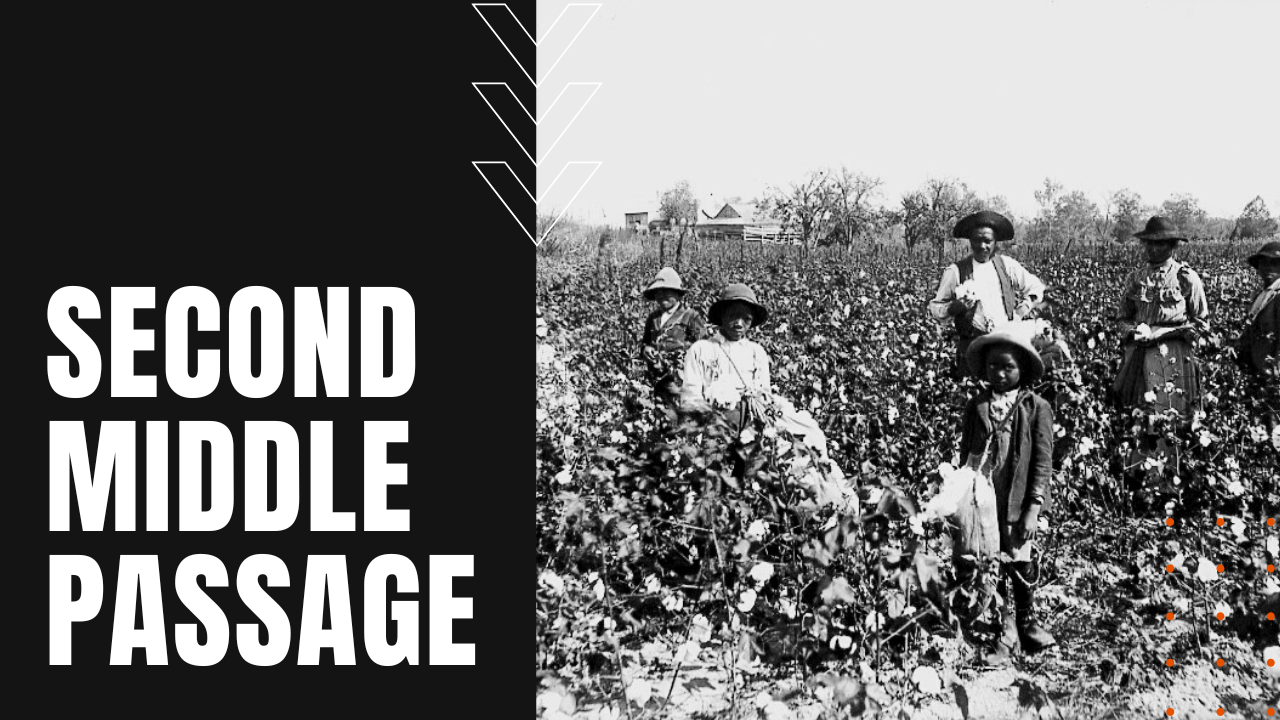The Second Middle Passage: Slave Trade in America

The Middle Passage From Africa
According to the Trans-Atlantic Slave Trade Database maintained by professors David Eltis and David Richardson, during slavery’s 246-year reign in the Americas and the Caribbean, an estimated twelve-and-a-half million Africans were forcibly sold out of Africa, taking the lives of some two million men, women and children during the Middle Passage alone.
Justified by religious leaders as the will of God, as well as by so-called scientists, who maintained that black people were a lesser-evolved sub-species of the human race, of the ten-and-a-half million Africans who survived the brutal Middle Passage, only 388,000 made their way into North America.
The Second Middle Passage In America
After the slave trade was banned in 1808, when southern economies shifted between 1830 to the start of the Civil War, an internal or domestic slave trade saw the transfer of some one million slaves from the upper South to the lower South, in what became known as the Second Middle Passage.
Following Eli Whitney’s invention of the cotton gin in 1794, a southern slave’s ability to clean cotton rose from five to six pounds a day to over 1,000, increasing cotton production from 1.5 million pounds in 1790, to 331 million pounds in 1830 and a staggering 2.3 million pounds by the eve of the Civil War.
Cotton became king in the lower southern states, triggering a second forced migration of Native Americans out of the newly-minted states of Alabama, Mississippi and Louisiana to the Indian Territory in present-day Oklahoma. As tobacco profits began to erode in the upper southern states of Maryland, Kentucky and the Carolinas, tobacco planters were obliged to sell their slaves to the cotton kings, increasing the price of a slave from $500.00 in 1800, to $1,800 by the start of the Civil War, or an estimated $64,000 in today’s currency.
Cotton and Families Pulled Apart
Of the 3.2 million slaves working in the 15 slave states in 1850, 56 percent worked in cotton, and of the one million sold from the upper South to the lower South, many slaves caught up in the Second Middle passage were sold away from wives, husbands and children, forced to travel hundreds of miles into the deep South, while frequently shackled and whipped by inhumane slave traders, making the Second Middle Passage, yet another worse hard time during the human injustice of slavery in America.
